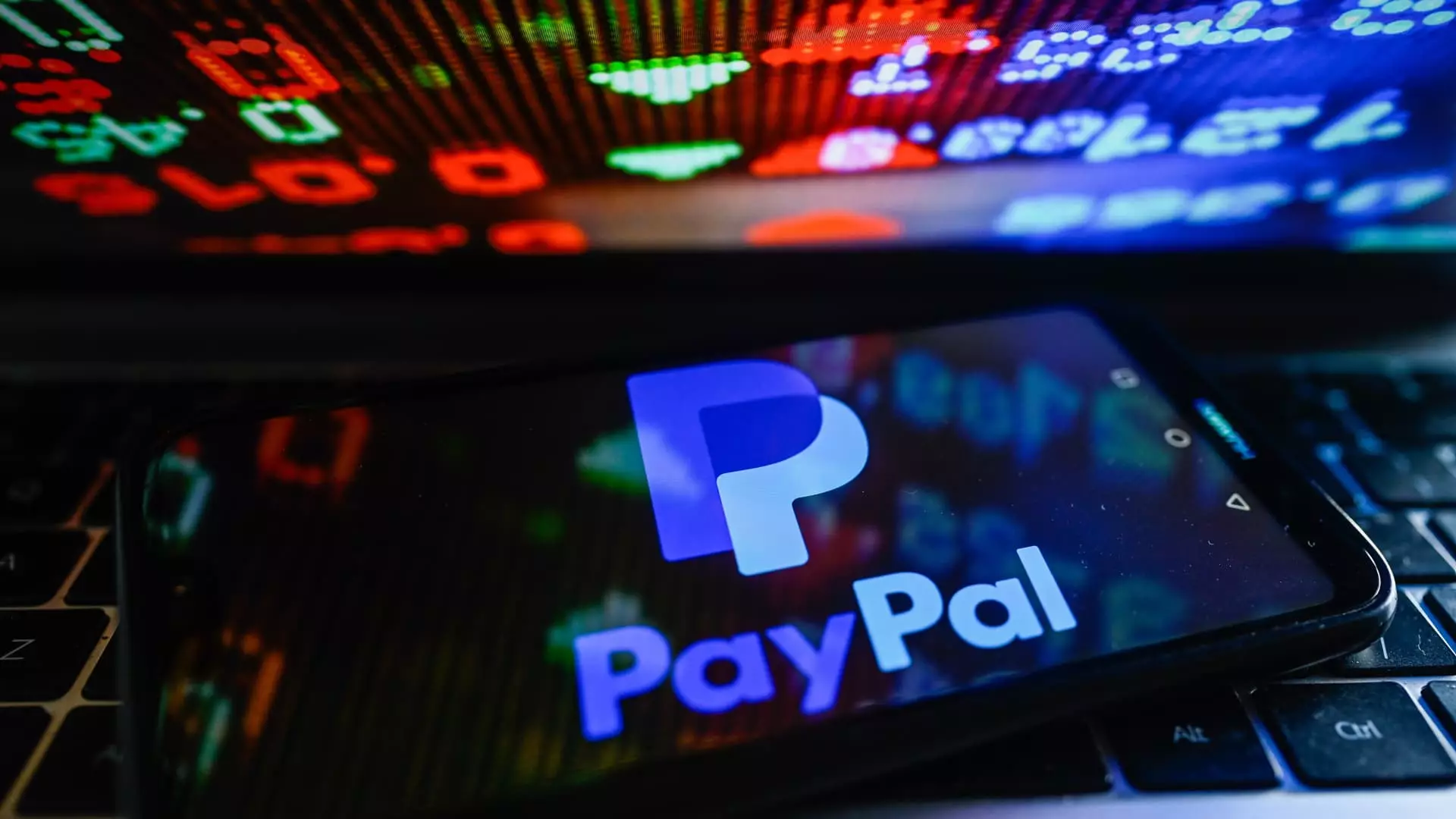The landscape of stablecoins is witnessing significant turmoil. With PayPal’s entry through its USD-pegged token (PYUSD), this corners the market’s long-standing giants—Tether and USD Coin—and challenges the entrenched financial norms. The recent move by Coinbase to eliminate fees for the purchase of PayPal USD is not just an operational shift; it’s a strategic maneuver aimed at rewriting the narrative around stablecoin adoption and innovation.
Coinbase’s Bold Strategy for PYUSD
In a decisive step to enhance the usability of PayPal’s stablecoin, Coinbase has announced that it will remove transaction fees associated with buying PYUSD. This effort highlights Coinbase’s ambition to supercharge the adoption of stablecoins, particularly in a sector where competition is fierce. As of now, PYUSD boasts a market cap of around $730 million, positioning it at under 1% of the overall stablecoin market. In clear contrast, industry powerhouses like Tether (USDT) and Coinbase’s USDC command over 94% of the market—66.5% and 28.3%, respectively.
By making PYUSD more financially accessible, Coinbase not only looks to stimulate user interest but aims to build an ecosystem ripe for further integration. The company’s commitment is explicit: they seek to thrust PYUSD into the limelight, making it a staple currency for transactions both on-chain and off-chain.
PayPal’s Strategic Partnership with Coinbase
PayPal’s collaboration with Coinbase transcends simple marketing rhetoric; it signifies a deeper commitment to redefining how both companies interact with the decentralized finance sectors. Underlying this partnership is an agreement to explore stablecoin-based solutions that could potentially simplify international commerce significantly. PayPal CEO Alex Chriss has been vocal about the partnership, indicating a shared vision to advance innovative use cases tied to PYUSD.
What we see here is a recalibration in how leading firms perceive stablecoins—not merely as transactional facilitators, but as robust financial instruments that can fuel a new generation of financial services. Both companies understand that by deploying new technology and capitalizing on their existing user bases—over 430 million for PayPal—they stand to address inefficiencies found in traditional finance.
Market Dynamics and Regulatory Context
One cannot overlook the fact that this skirmish is occurring against a backdrop of potential legislative reform. With Congress poised to enact the first comprehensive cryptocurrency regulation focused on stablecoins, the pressure is mounting for companies to innovate quickly and meaningfully. Stablecoins historically have served dual purposes—trading assets and institutional value transfer—but the emerging narrative is that of global utility, particularly for payments.
The entry of competitors such as Circle, who have taken aim at traditional payment platforms like PayPal, adds another layer of complexity. Circle’s public filing and new payment network are direct threats, signaling that players are moving beyond just blockchain technology into the realm of financial infrastructure.
Institutional Adoption: A Catalyst for Growth
As financial institutions endeavor to understand and incorporate stablecoins into their operational frameworks, the challenge lies in not just the technology, but in consumer sentiment. The efficiency of facilitating cheaper and faster cross-border transactions presents a tantalizing proposition. Institutions are increasingly recognizing the cost-cutting potential of stablecoins to sidestep many traditional banking challenges.
The prediction is clear: as the global economy shifts toward appreciating the value of a seamlessly connected digital payments realm, stablecoins are on track to play an ever-increasing role. Coinbase’s ambitions to integrate stablecoins across its product suite underscore a significant confidence that PYUSD can fill a growing market need.
Redefining User Experience and Financial Incentives
The recent changes in how users can redeem PYUSD—now directly on the Coinbase platform—parallel the strategy of simplifying user experiences. By reducing friction in transactions and offering enticing financial incentives, such as a 3.7% annual rewards rate on PYUSD balances, user retention and engagement are expected to surge.
These actions demonstrate a nuanced understanding of consumer behavior—stablecoin adoption hinges not only on utility but also on perceived value. The ability to passively earn while participating in cryptocurrency markets makes stablecoins less intimidating and more appealing to a broader audience.
The overarching theme in this evolving landscape centers around innovation, user engagement, and the clear intention of both Coinbase and PayPal to upend old financial paradigms. While the road ahead may be fraught with challenges, the implications of these developments are undeniable and could reshape the very foundation of global financial transactions.

